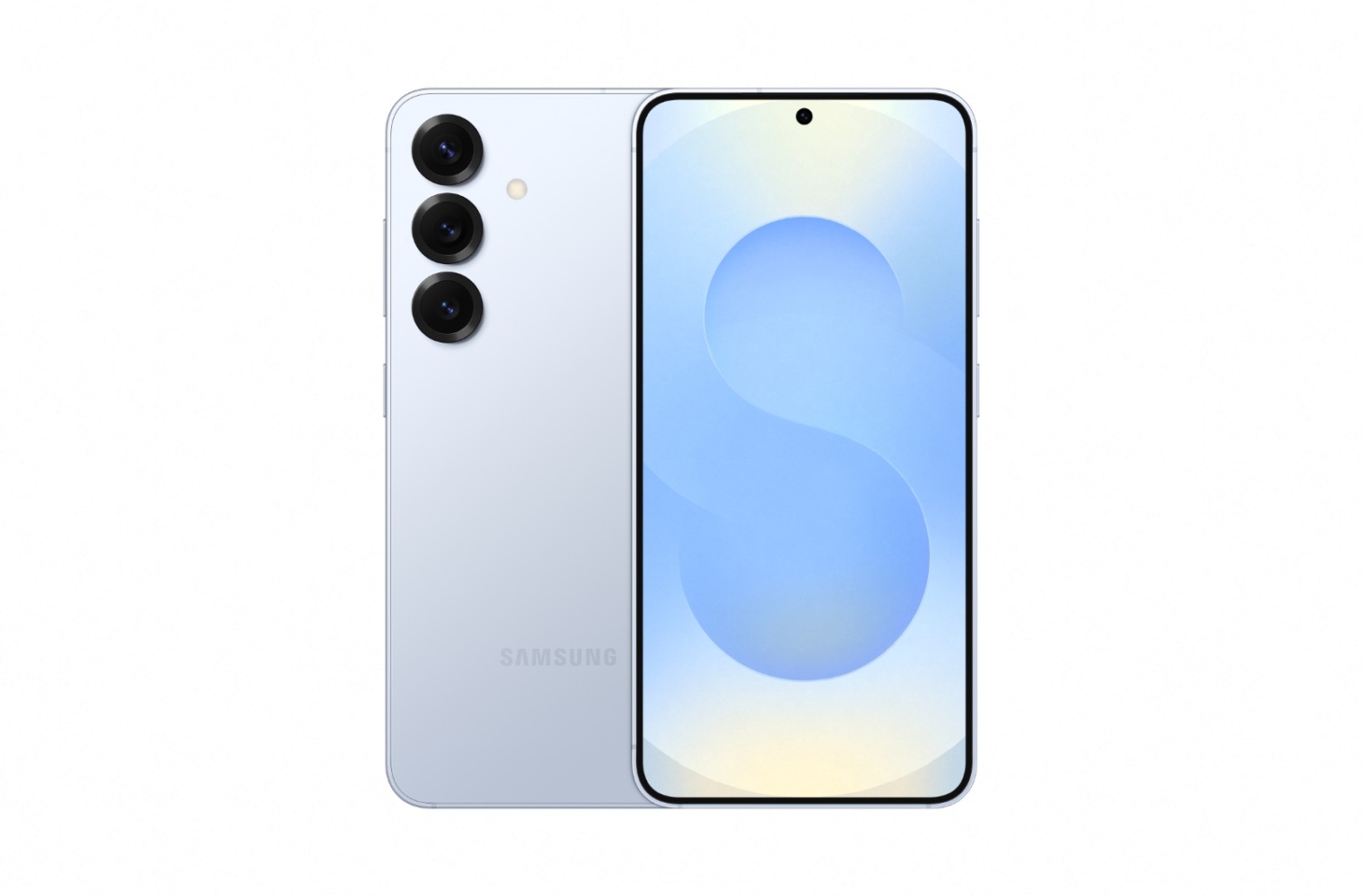Samsung is playing it safe with the little Galaxy S25. A processor refresh and new AI functionality: nothing more has changed. Is that enough to set the S25 apart?
Samsung Galaxy S phones have been in a niche for several years. Those looking for a compact but powerful (Android) smartphone do not suffer from choice stress. There is Samsung and the Google Pixel, that’s it. Samsung has found the right formula and doesn’t want to change it too much anymore.
The past few years have been status quo for the smallest Galaxy S series model, and that line is largely continued. The new Galaxy S25 looks very recognizable. Take a Galaxy S24, put in a new processor, add new AI functionality and you have the S25.
Recognizable face
We can be brief about the Galaxy S25’s design and screen: Samsung is doing quasi cut and paste with the S24. Compactness has been an asset of the smallest model for years. 6.2 inches of screen space is enough for many applications, and the phone sits comfortably in your hand. The S25 is a few more millimeters slimmer (7.2 mm) and therefore also weighs a few grams less (162 g).
The display specifications remain unchanged. The resolution is 1080 x 2340 pixels, which in the small screen area results in a high pixel density (416 ppi). The brightness also remains at a (high) peak around 1330 nits. This is where the Pixel 9 Pro, which peaks at around 200 nits, remains unsurpassed.
Jerommeke
Samsung proves once again with the Galaxy S25 that a powerful phone doesn’t have to be big. The little Galaxy S is the Jerome among Android phones. With a new model comes a processor refresh. Remarkably, Samsung is leaving its own Exynos chips in the stable this year and signing up all-in on the Qualcomm Snapdragon 8 Elite, both for the S25, S25 Plus and S25 Ultra.
The numbers prove Samsung right. The new Qualcomm chips are currently unsurpassed in the mobile market. In pure performance, the MediaTek Dimensity 9300+ (Oppo) and Google’s home-made Tensor chips have to acknowledge their superiority. The processor is even a bit more sharply tuned in the S25 than in the OnePlus 13.

The Qualcomm Snapdragon Elite chipset consists of a powerful CPU as well as a strong GPU, so you can easily run graphics-intensive workloads such as 3D games on this device. We do notice that the processor has to adjust itself more, causing a stronger dip in peak performance than we see on the OnePlus 13. An added bonus of the Qualcomm chip is the built-in NPU to support AI applications.

Focusing less on pure computing power but on simulating concrete applications, the S25 remains the big outlier, but the difference with competing devices is less pronounced. This makes sense, because in the highest price range every device is performant. By the way, the little S25 scores at least as well as the Ultra on all the benchmarks run. So for more computing power, you don’t have to choose the larger model.

An extra touch of AI
The processor is not the most important innovation for Samsung: it is in the software. OneUI 6 will be replaced by OneUI 7 (Android 15) and introduce more AI features. Last year, Samsung introduced Galaxy AI on the S24 phones and the manufacturer is building out the ecosystem. Some features come from Google, Gemini is becoming more and more present on your phone, but others are Samsung’s own creation.
One feature that Samsung itself thinks highly of is Now Brief. This gives you a daily overview every morning or evening with, for example, the weather and calendar appointments. Through the settings, you can specify which apps Now Brief can pull data from. For now, Now Brief is limited to Samsung applications and a handful of external applications such as YouTube. As more applications integrate with Now Brief, this feature will become more useful, but there is potential in it.
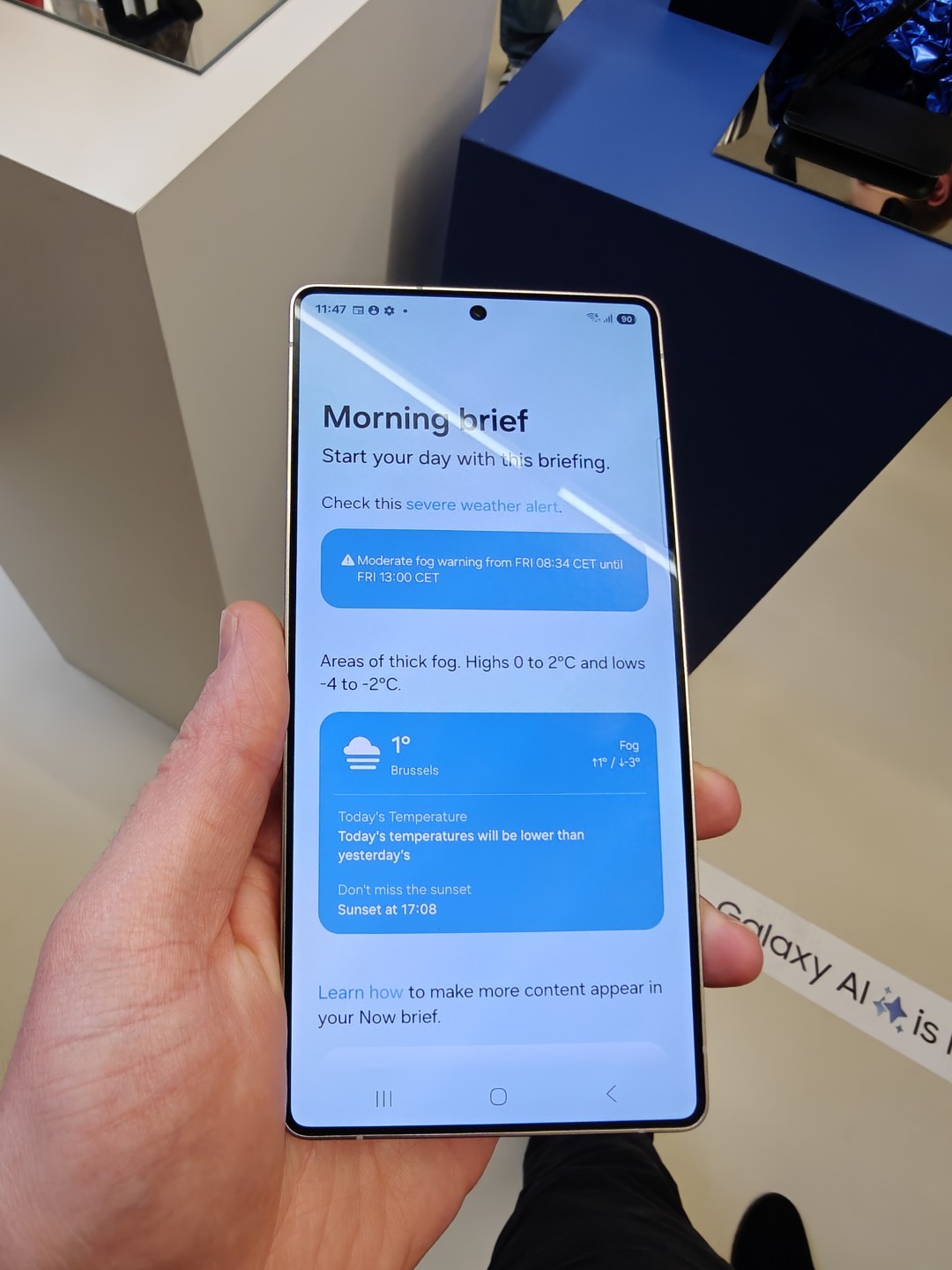
The deeper integration between Samsung’s and Google’s AI means you can also have them play together and perform actions across multiple applications. For example, loyal soccer fans can use Google to look up their favorite club’s calendar and put it in their Samsung calendar, to outline just one of the many possibilities. There is still some polishing to be done here and there, but AI features are quietly evolving from fun to useful.
Moreover, Samsung seems to want to keep these AI features exclusive to the new generation. According to Samsung, Now Brief requires a sufficiently powerful NPU. As a result, older models, including the S24, may fall by the wayside.
Cameras: standing still is going backwards (a little)
So much for what’s new. The camera setup is again identical: 50 MP OIS f/1.8 main camera, 10 MP OIS f/2.4 3x zoom camera and 12 MP f/2.2 wide-angle camera. Knowing that the S24 already had the same cameras as the S23, not much has changed here for several years.
The main camera still performs well. Samsung continues to tinker with the algorithms to produce realistic, less saturated photos, despite the identical sensor. The style of photos resembles the Google Pixel 9, which opts for realism over (over)exposure.
Standing still is going backwards for the S25 after all. After all, the competition is not sitting still. The wide-angle camera has been passed over and may get another upgrade next year. In many other premium smartphones, the wide-angle camera is flush with the main camera, but on the S25, it’s still there for the taking.
The same thing happens to the zoom camera. The zoom photos are far from bad, but the camera feels dated. OnePlus and Oppo have put much better zoom cameras in their top models. The Galaxy S25 Ultra will have to compete with these.
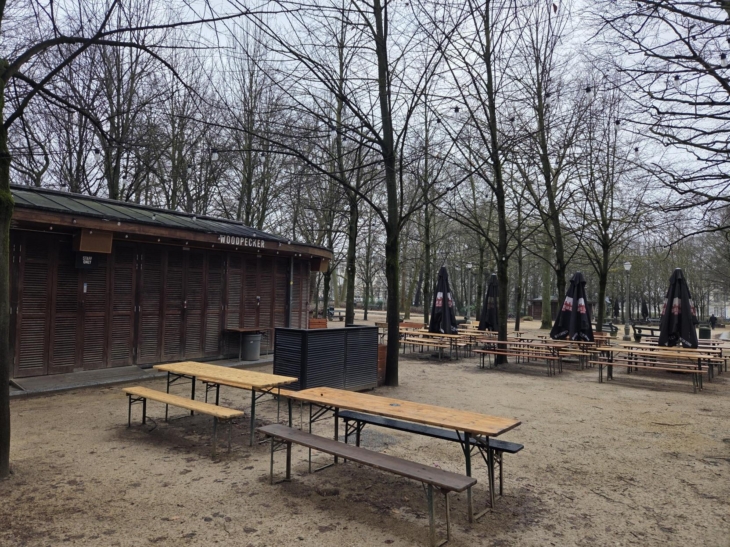



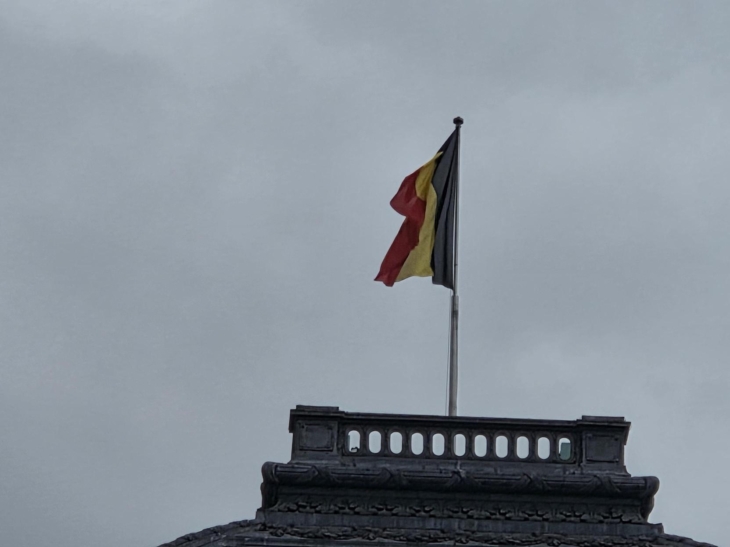
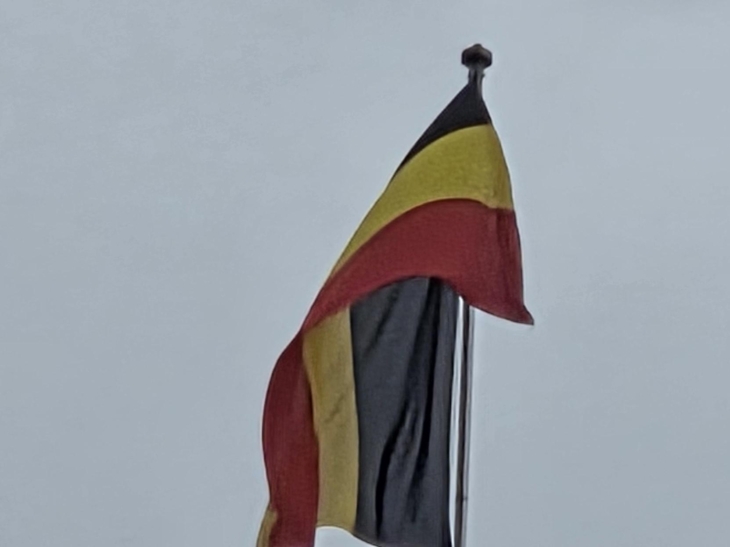






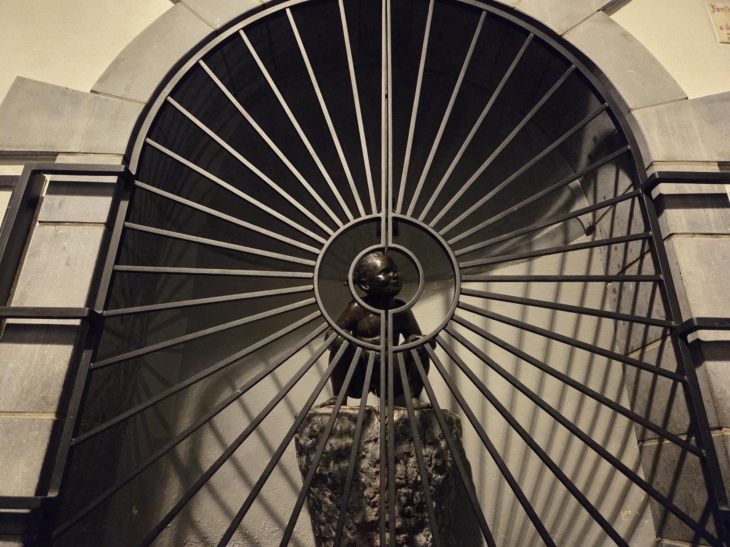

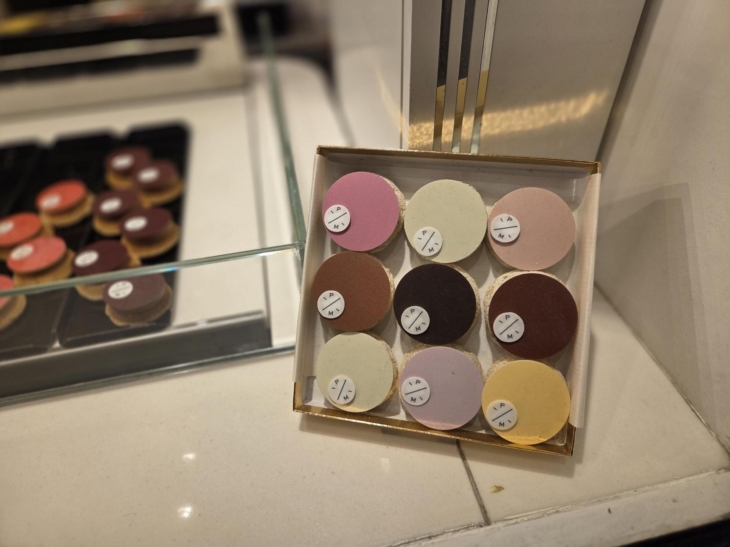
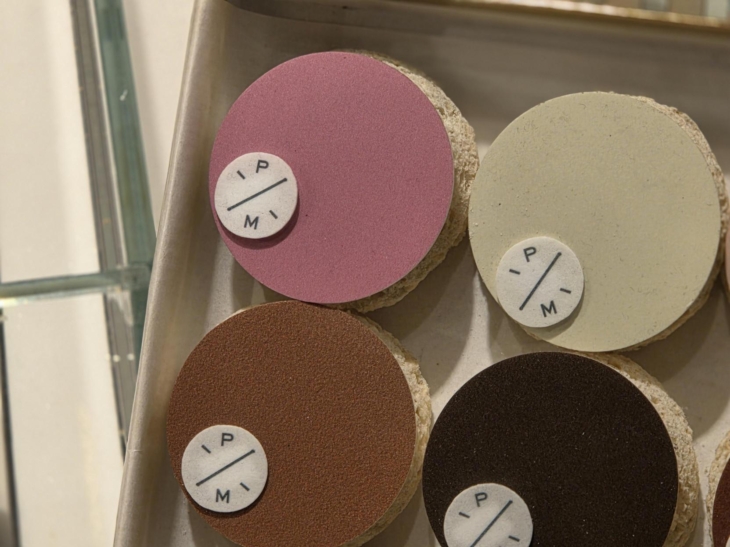
Charging remains slow
Its small stature means there is no room for a large battery. This has long been a minor Achilles heel for the S25, but this year Qualcomm is offering a solution. The Qualcomm Elite chip is designed to make power moves without consuming much energy. This allows the S25 to hold its own better against phones with larger batteries in our battery tests.

The pain point of slow charging unfortunately remains. Samsung does not jack up the charging capacity: this remains at a meager 25 W on cable and 15 W wireless. At such limited capacity, charging a small battery takes much longer than it should. For eighty percent, you need 45 minutes of patience. Every year we hope for improvement, but alas.

Conclusion: same phone, more AI
The Samsung Galaxy S25 is an upgrade, but at the same time it is not. In many ways, the device is identical to the S24: the shape, screen and cameras have not changed at all. Compactness remains a plus, and Samsung once again pairs this with strong performance. The switch from the Exynos to the Qualcomm Snapdragon Elite processor does the device justice: not only in performance, but also in battery life.
The watchword is AI. Samsung is adding new features with Now Brief and deeper integration with Gemini that can also effectively add value. But should you buy the latest phone just for that? If you don’t care about more AI functionality, you might as well try to snap up the S24 for a bargain price.
Samsung Galaxy S25 – 899 euros incl. VAT. – 7 years Android updates, 7 years security updates.
.pro’s
- Compact shape
- Qualcomm Snapdragon Elite
- Realistic photos with main camera
- Improved battery life
- New AI features are useful
.contra’s
- Charging remains slow
- Wide-angle and zoom camera outpaced
- Almost identical to S24
